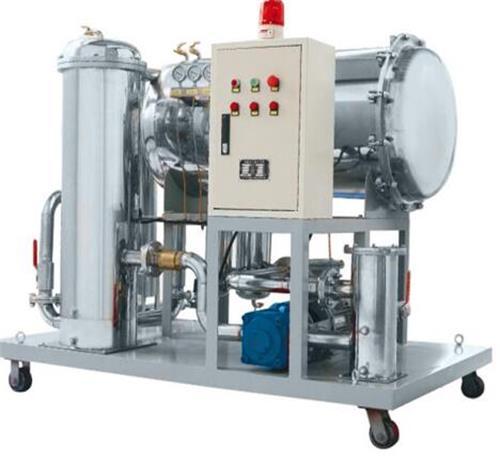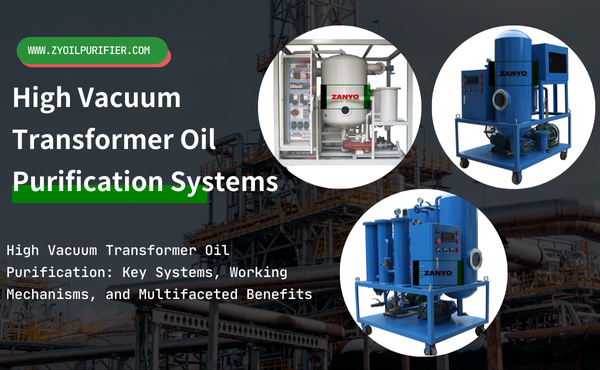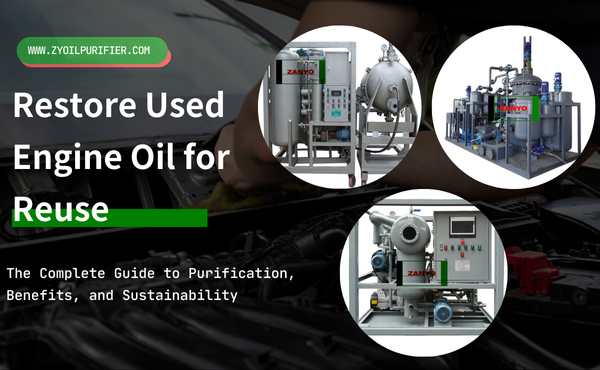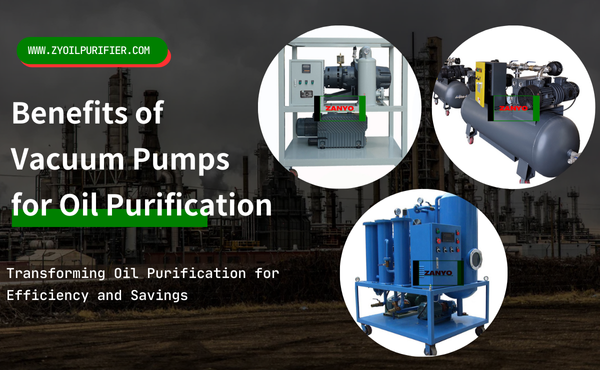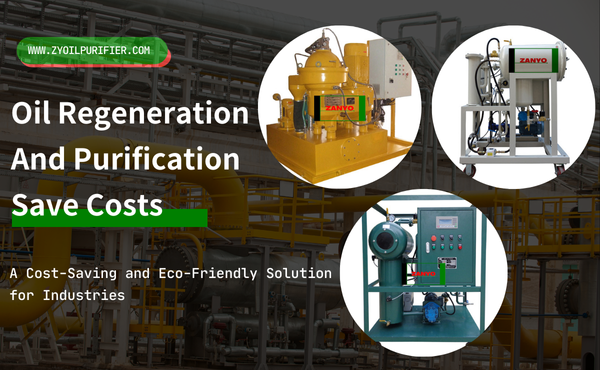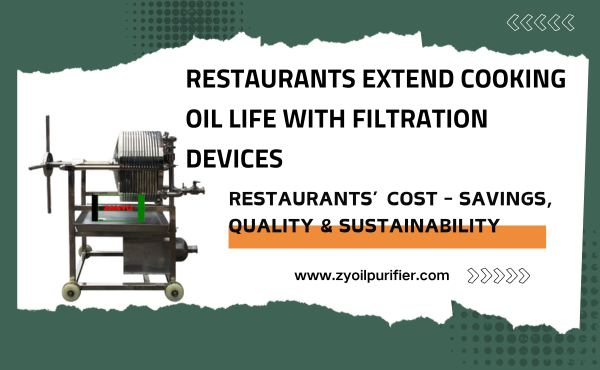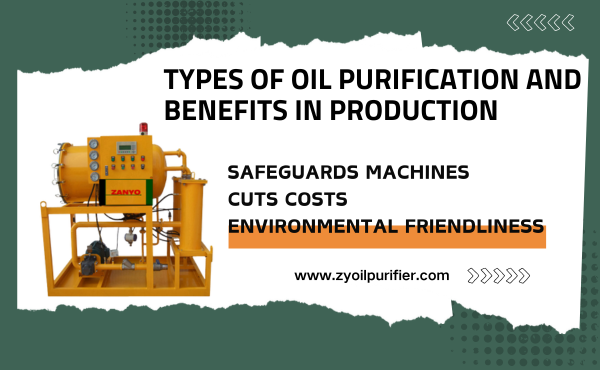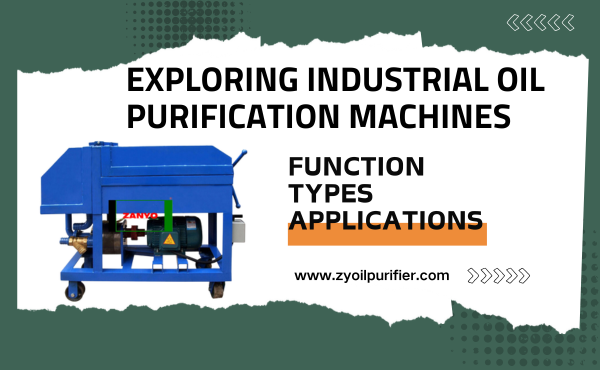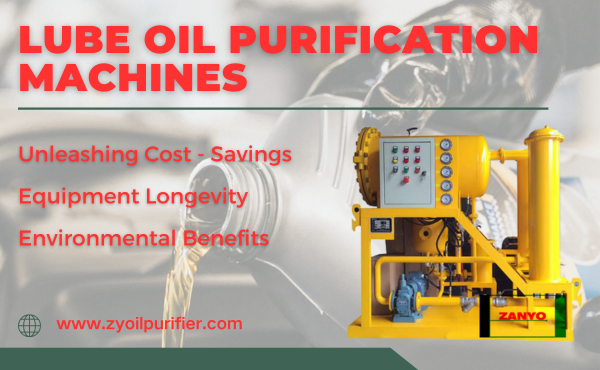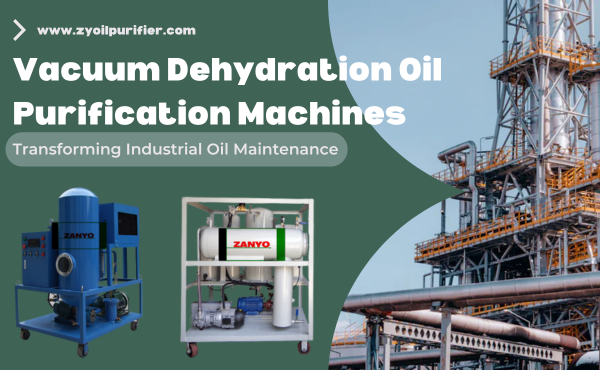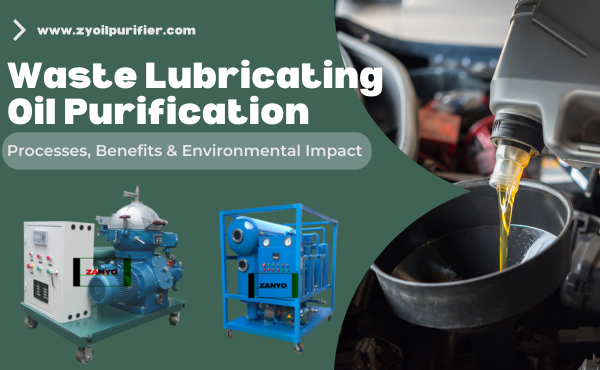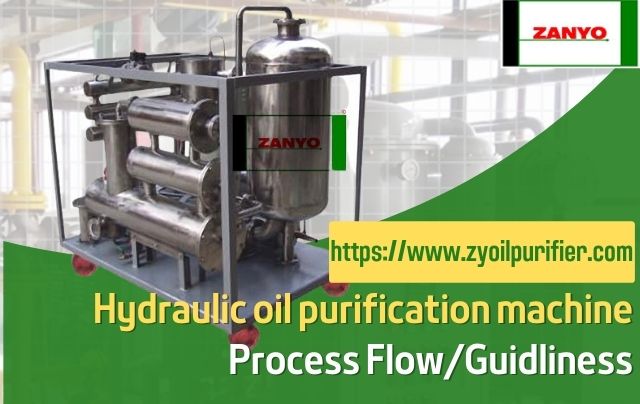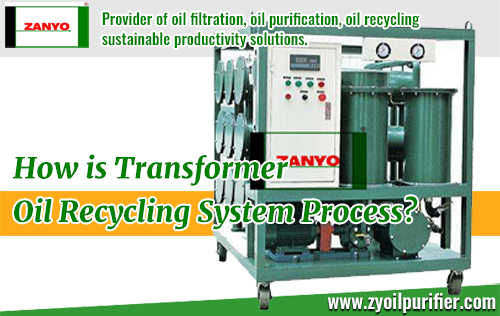Purifying cooking oil removes impurities and enhances its quality. You can use methods like filtration, sedimentation, or chemical treatments to achieve this. For example:
- Filtering eliminates large particles.
- Alkali solutions neutralize free fatty acids, forming removable compounds.
- Bleaching clay absorbs pigments and contaminants.
- Deodorization removes odors through steam distillation.
Using a Cooking Oil Purifier simplifies these processes, ensuring cleaner and safer oil for reuse.
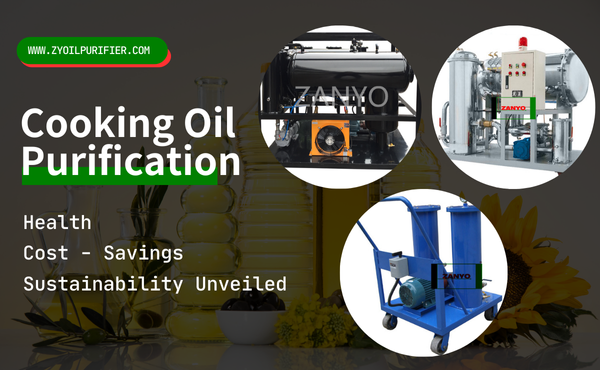
Key Takeaways
- Cleaning cooking oil takes out bad stuff, making it safer to eat and lowering health problems.
- A cooking oil cleaner can save money and help the environment by letting you use oil longer and throw away less.
- Pick DIY ways for home or big machines for restaurants, depending on what you need and can afford.
Why Purify Cooking Oil?
Health Benefits
Purifying cooking oil ensures it is safe for consumption. Harmful substances like free fatty acids (FFA) and oxidation by-products accumulate in reused oil. These compounds can lead to severe health risks, including inflammation and cardiovascular issues. Advanced filtration technology reduces these impurities, making the oil healthier. Purification also helps cooking oil meet global food safety standards, minimizing risks associated with reused oil.
🛡️ Tip: Regular purification of your cooking oil can significantly lower the chances of ingesting harmful substances.
Improved Taste and Quality
Purified cooking oil enhances the flavor of your dishes. Impurities and rancidity in used oil can negatively affect taste. By removing contaminants, you ensure the oil remains fresh and stable. Key parameters like peroxide value, acidity, and antioxidant activity improve after purification. For example:
| Parameter | Significance in Oil Quality |
|---|---|
| Peroxide value | Indicates the oxidative state of the oil |
| Acidity | Provides information about the oil’s quality |
| Antioxidant activity | Prevents rancidity and improves taste |
Purification restores the oil’s natural properties, ensuring your meals taste better and retain their nutritional value.
Cost Savings and Sustainability
Recycling and purifying cooking oil can save you money. Restaurants and commercial kitchens often reduce operational costs by 30-40% through purification. Devices like the ZANYO Cooking Oil Filtration Device help extend oil usability, cutting down on frequent replacements. Additionally, reusing oil reduces waste, promoting sustainability.
♻️ Note: Investing in a ZANYO Cooking Oil Purifier not only saves costs but also supports eco-friendly practices.
Purification is a practical solution for both financial and environmental benefits. It allows you to maximize the value of your cooking oil while reducing your carbon footprint.
Methods to Purify Used Cooking Oil
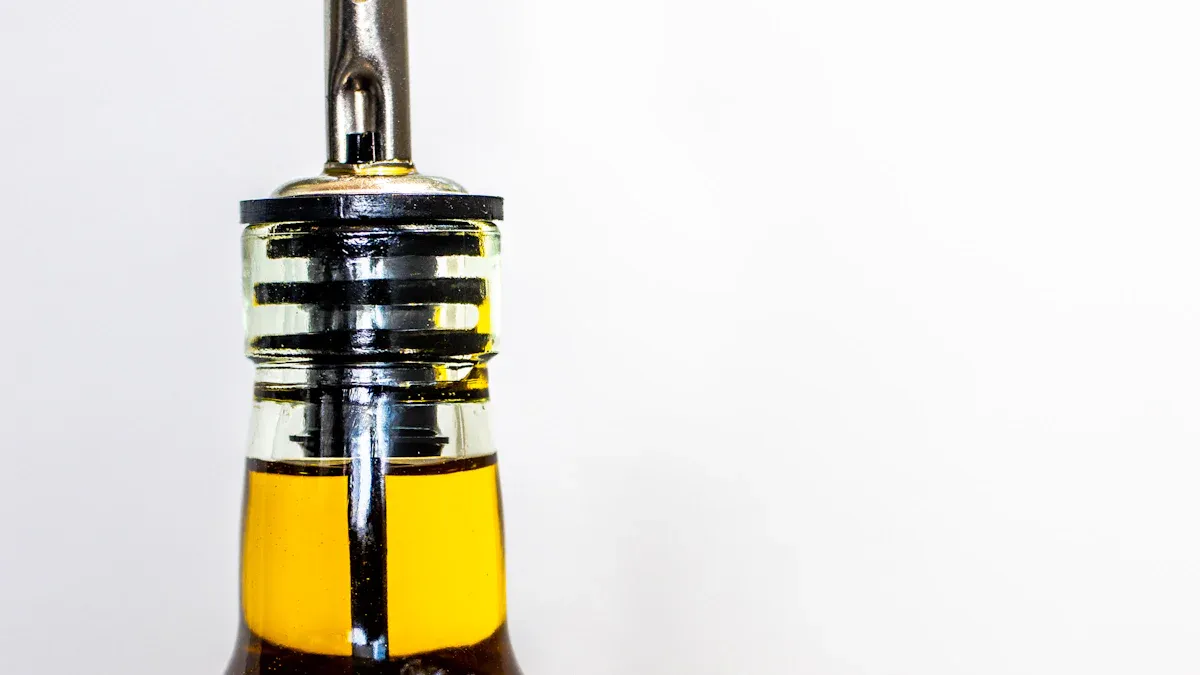
Filtration
Filtration is one of the simplest ways to purify used cooking oil. This method involves passing the oil through a fine mesh or filter paper to remove large particles and food debris. You can use a basic kitchen strainer or specialized filtration devices like the ZANYO Cooking Oil Filtration Device for better results. While filtration effectively removes visible impurities, it may not eliminate smaller contaminants or dissolved substances.
🧽 Tip: For best results, filter the oil while it is still warm. This makes it easier to remove solidified particles.
Sedimentation
Sedimentation relies on gravity to separate impurities from used cooking oil. You pour the oil into a container and let it sit undisturbed for several hours. Heavier particles settle at the bottom, leaving clarified oil on top. This technique is cost-effective and requires no special equipment. However, it is time-consuming and may not thoroughly purify the oil.
🕒 Note: After sedimentation, carefully decant the clarified oil to avoid mixing it with settled impurities.
Heating and Cooling
Heating and cooling help purify used cooking oil by altering its physical properties. Heating liquefies solid fats and makes filtration easier, while cooling solidifies impurities for easy removal. This method works well for small-scale oil clarification. However, excessive heating can degrade the oil’s quality, so you must monitor the temperature carefully.
🌡️ Tip: Maintain a moderate temperature (around 120°F) to preserve the oil’s nutritional value during heating.
Chemical Purification
Chemical purification uses substances like activated carbon or alkali solutions to remove specific contaminants. For example, alkali solutions neutralize free fatty acids, while activated carbon absorbs odors and pigments. This method produces highly clarified oil but may leave behind chemical residues if not done properly.
| Method | Advantages | Limitations |
|---|---|---|
| Filtration | Removes large particles and solids | May not eliminate all impurities |
| Chemical treatment | Can effectively remove specific contaminants | Potential chemical residues may remain |
| Deodorizing | Improves sensory qualities of oil | May alter some beneficial compounds |
| Centrifugation | Efficient separation of heavier particles | Requires specialized equipment and energy |
| Settling tanks | Simple and low-cost method | Time-consuming and may not be thorough |
Industrial Techniques with Cooking Oil Purifier
Industrial techniques involve advanced equipment like the ZANYO Cooking Oil Purifier. These systems use a combination of filtration, heating, and centrifugation to purify used cooking oil efficiently. They remove impurities, harmful pollutants, and even microscopic particles. The growing demand for cost-effective and eco-friendly solutions has made these purifiers essential in the food industry. They extend the life of cooking oil, reduce waste, and improve food quality.
- The market for cooking oil purifiers is expanding due to rising global consumption of edible oils.
- These systems enhance oil durability and reusability, lowering operational costs.
- Purifiers like ZANYO’s models ensure cleaner, safer oil for commercial kitchens and restaurants.
♻️ Note: Investing in a cooking oil purifier not only saves money but also supports sustainable practices.
cooking oil purifier
DIY vs. Industrial Purification
Home-Based Methods: Pros and Cons
Home-based purification methods like filtration, sedimentation, and heating are simple and cost-effective. You can use everyday tools such as strainers, containers, or filter paper to clean your cooking oil. These methods are ideal for small-scale use, especially in households.
Advantages:
- Low cost and easy to implement.
- No need for specialized equipment.
- Suitable for occasional oil reuse.
Disadvantages:
- Limited effectiveness in removing microscopic impurities.
- Time-consuming processes like sedimentation.
- Risk of degrading oil quality if not done carefully.
🏠 Tip: For better results, combine methods like filtration and heating to improve oil clarity.
Industrial Techniques: Pros and Cons
Industrial purification methods use advanced equipment like the ZANYO Cooking Oil Purifier. These systems combine filtration, heating, and centrifugation to deliver highly purified oil. They are commonly used in restaurants, commercial kitchens, and food processing industries.
Advantages:
- Efficient removal of impurities, including microscopic particles.
- Extends the lifespan of cooking oil significantly.
- Reduces waste and supports sustainability.
Disadvantages:
- Higher initial investment cost.
- Requires regular maintenance and technical knowledge.
♻️ Note: Devices like the ZANYO Cooking Oil Filtration Device are designed to optimize oil quality while minimizing operational costs.
Choosing the Right Option for Your Needs
Your choice depends on your usage and budget. For occasional home use, DIY methods work well. If you manage a restaurant or commercial kitchen, investing in a ZANYO Cooking Oil Purifier ensures better efficiency and long-term savings. Evaluate your needs and select the method that aligns with your goals.
✅ Key Takeaway: Whether you choose DIY or industrial techniques, proper purification ensures healthier, tastier, and more sustainable cooking oil.
Purifying cooking oil improves your health, enhances food flavor, and saves money. You can choose from simple DIY methods or advanced industrial solutions like a cooking oil purifier. A cooking oil purifier ensures cleaner, safer oil for reuse. Select the best option for your needs and maintain your oil properly to maximize its usability.
🛠️ Tip: Regularly using a cooking oil purifier can extend oil life and reduce waste.
cooking oil purifier
FAQ
How often should you purify used oil?
You should purify used oil after every cooking session. This practice helps maintain its quality and ensures it remains safe for re-use.
Is diy oil filtration effective for re-using cooking oil?
DIY oil filtration works well for small-scale use. It removes visible impurities, making re-using cooking oil safer. However, it may not eliminate microscopic contaminants.
Can industrial purifiers handle large amounts of used oil?
Yes, industrial purifiers like the ZANYO Cooking Oil Purifier efficiently process large volumes of used oil. They combine advanced filtration and heating techniques for thorough purification.

